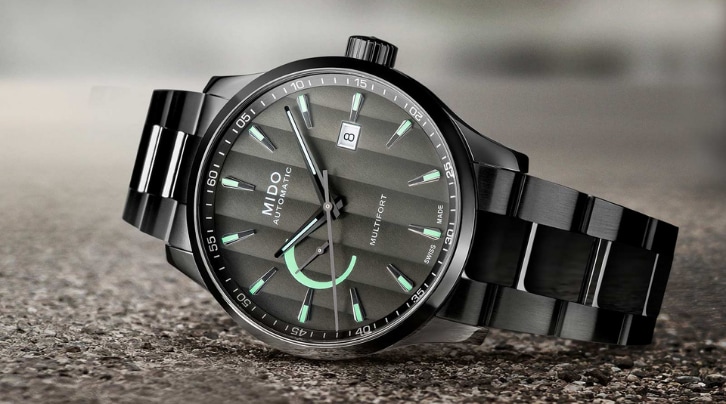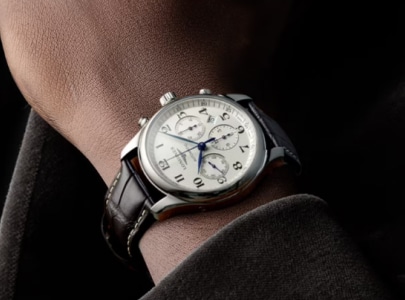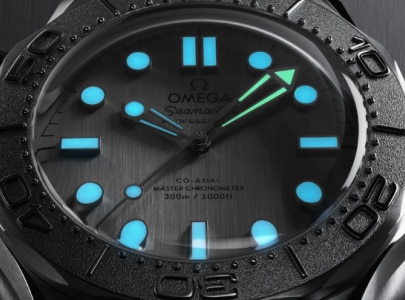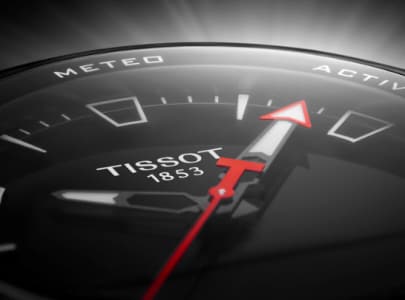First things first: it’s important to note that power reserves only feature on mechanical watches (automatic and manual).
As the name suggests, “power reserve” refers to the length of time the watch can continue to function until the mechanism stops because it hasn’t been wound up or activated.
Once the power reserve has run out, your watch will stop. The reason for this is that a mechanical timepiece draws the energy it needs to run the cogs of the mechanism and activate the hands from a complex system, which is kept active by winding it up.
This can be done manually using the crown or, if you have an automatic watch with oscillating weight, the watch draws energy automatically from your wrist movements. This mechanism, known as a barrel, contains a spring. When you wind a watch, the spring is compressed. The gradual relaxation of the spring then transmits energy which drives the cogs that operate the mechanism.
In other words, the term “power reserve” refers to the time it takes for the barrel to use up the kinetic energy coiled up inside it, similar to the fuel tank in a car.
The power reserve, which of course doesn’t feature on battery-powered watches, is the functioning time a watch has from the moment it's fully wound until the moment it runs out of energy. This can be anywhere between 12 hours to several dozen days (30 for some rare models), with an average of around 40 hours for the most complex (and therefore most expensive) watches in recent years.
It's a real feat for a watchmaker to succeed in storing energy in a movement to make it tick over for as long as several dozen days.
Over the last few years, much research has been dedicated to the energy efficiency of movements, with a view to increasing their power reserves by reducing their consumption. Watchmakers have made significant progress in terms of making components as small as possible and minimising the resistance of cogs by introducing new materials to reduce friction and energy loss.
Watch amateurs have become very interested in the power reserve because they understand the level of ingenuity required from engineers in order to gain just a few minutes of extra power.
A complication known as the “power reserve indicator” also exists and is usually displayed on the face of a watch to indicate precisely how much life your watch has left in it, similar to a battery or petrol gauge.
This additional mechanical module is integrated into a classic watch movement but it isn't necessarily classed as one of the “great complications”, i.e. recognised by specialists in the same way chronograph or moon phase complications are, for example.
While certain watches place the power reserve indicator on the back of the watch in order to free up a face already filled with other displays and complications, it most commonly comes in the form of a hand, displayed on an arc-shaped or circular dial, indicating the energy or power remaining.
The complication often displays a colour gradient ranging from “full” to “empty”, similar to the sort found on a car dashboard.
Sometimes the indicator takes the form of graduated segments. Certain models integrate the power reserve in a simple and efficient way, with the majority incorporating the complication seamlessly into the face of the watch.
This feature is useful to have in everyday life because it gives the wearer a good indication of when it’s time to wear or wind up their watch in order to prevent it from stopping and needing to be reset.
Resetting can be a tedious process, especially on a watch with other calendar complications. It’s a bit like going to start the car only to realise the battery’s flat.



